Learn about beer brewing in three minutes
2014/08/07

Our common grains all contain starch. This gift of nature is not only the main source of carbohydrates for our bodies, smart humans have also learned to convert the sugar in starch into the oldest alcohol.
Brewing beer, in simple terms, converts starch into a sugary liquid called "wort", and then uses yeast to convert sugar into alcohol.
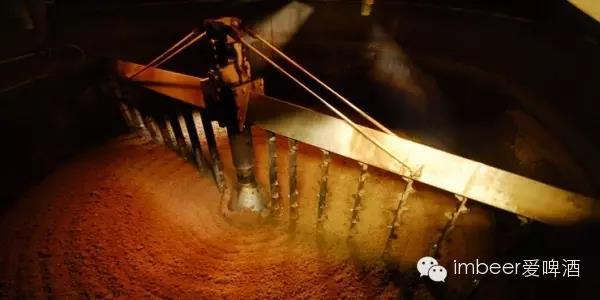
Saccharification
The crushed malt or other starch sources (that is, corn and rice that we despise) are properly crushed, added to the mash tun, mixed with hot water, and left to stand for 1 to 2 hours. This process makes Starches are converted into sugars.
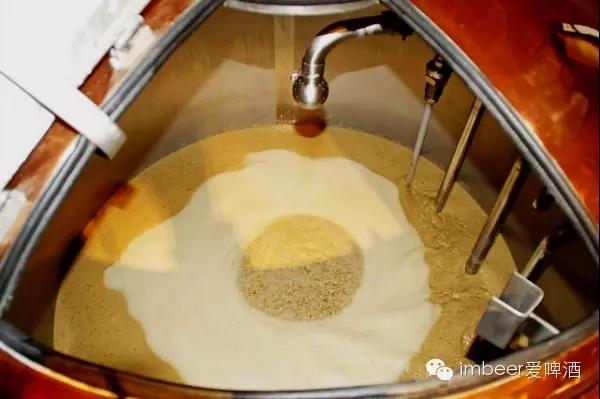
Wash bad
After the starch is saccharified, the "washing" begins. Brewers extract as much fermentable liquor as possible by washing the spent grains. The process of filtering barley grains from wort and washing water is called "wort separation". The traditional wort separation method (Lautering) uses the bark and husk of malt as a natural filter layer, which is what we use in home brewing. The way you use it.
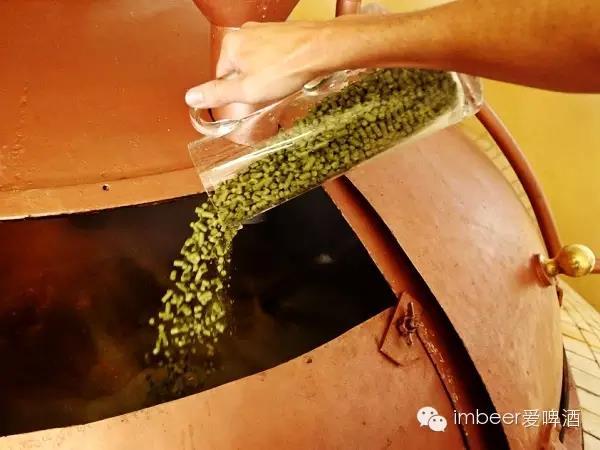
Boiled
The washed wort will be collected in the boiling pot, and the water in the wort will gradually evaporate during the boiling process of about 1 hour, but the sugar and other components will remain.
During this process, hops will be added to the wort and boiled together. Hops can be divided into aroma type and bitter type. The longer the hops are boiled, the stronger the bitterness will be but the aroma will be lost, so brewers usually add different hops in stages.
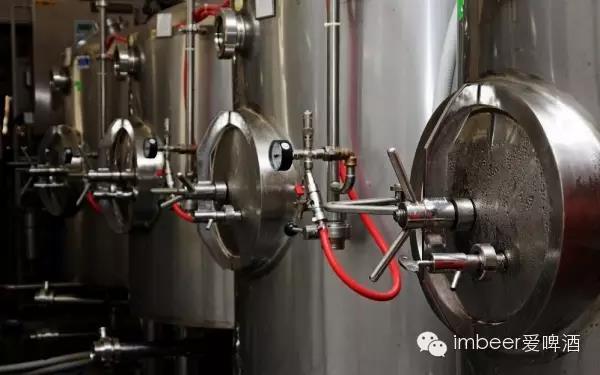
Fermentation
After the boiled wort is rapidly cooled to an appropriate temperature, it can enter the fermenter to add yeast. The fermentation process may take several weeks to several months or even longer.
Many beers that focus on the aroma of hops add hops to increase the aroma during fermentation. This extra step is called "dry casting".
Sometimes the brewer will move the beer to another container for secondary fermentation to increase the flavor of the beer. In addition to adding sugar or yeast to allow the beer to continue to ferment, the used spirit barrels or red wine barrels are used to age the beer. The practice of absorbing the properties of another wine has become very popular in recent years.
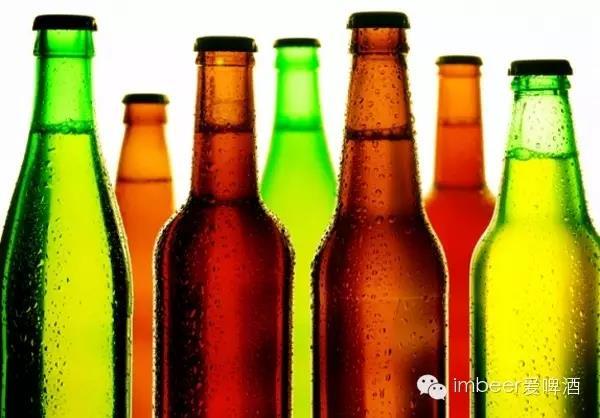
Others and packaging
At the end of fermentation, the brewer will choose whether to filter according to the needs of the style, and then fill it. The carriers are our common beer barrels, cans and glass bottles.
Here is a special explanation for glass packaging. Beer is very sensitive to light. There are reports that it only takes five minutes for the substances in the wine to start a chemical reaction under strong light, and we often see green and white bottles. Any protective effect, so the brown bottle is the most rational choice.
[Hot Recommendations]

Other
No content yet!

